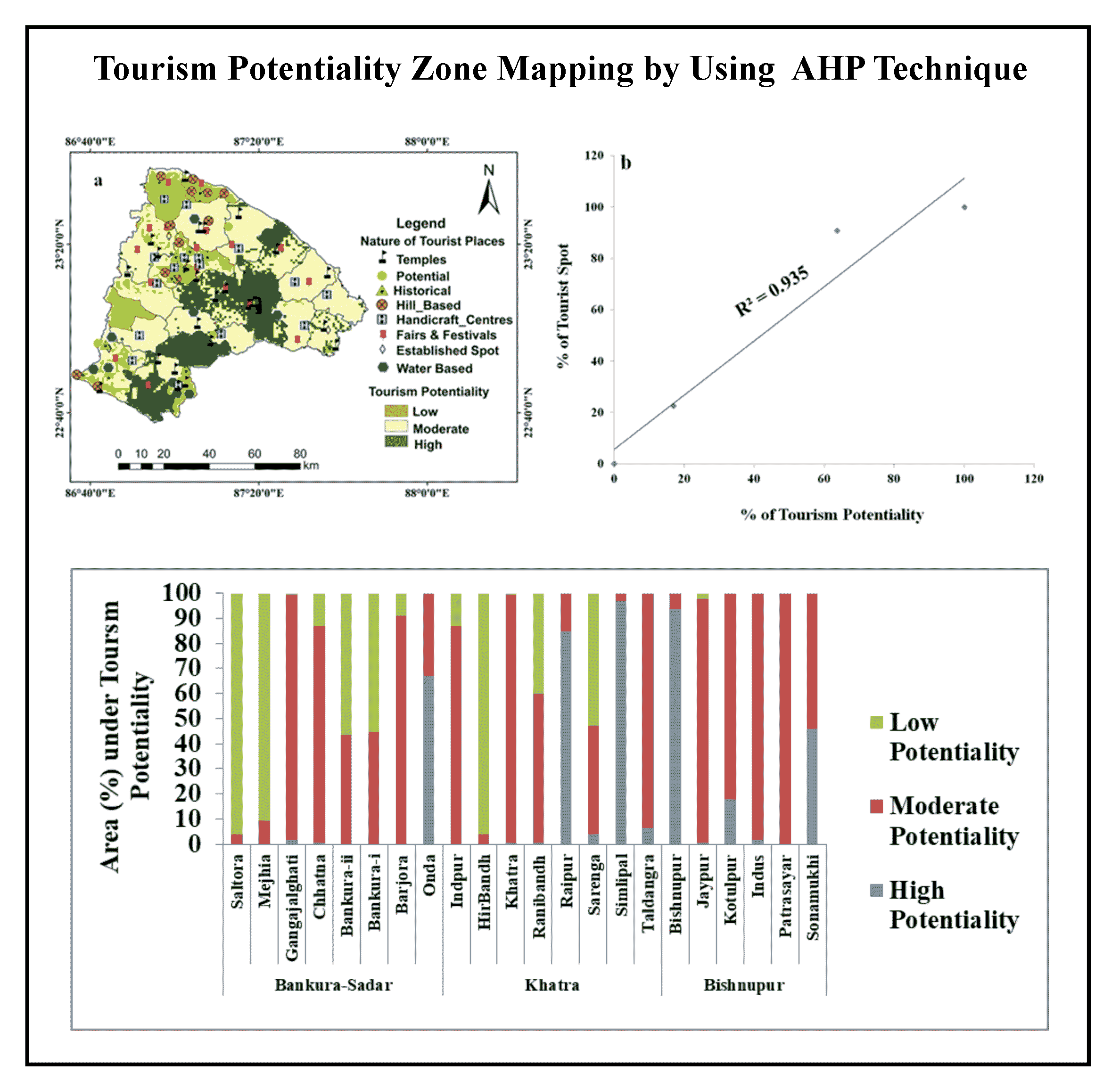Article Title :
Restoring and Controlling the Water Pollution of Endangered River in Bangladesh: A Case Study in Pabna City 
3 (2019)
68-81
Waste Dumping , Development plan , Visitor attraction , Economic Return , Urban , River , City


Rivers are the lifeline of Bangladesh economy and serve as the source of water supply, fisheries, irrigation for agriculture, low-cost transport, generate electricity and conserve biodiversity. The Ichamati River situated in Pabna, Bangladesh is also a blessing for the city. However, recently, due to the irregular and unplanned activities adjacent to the riverside, the life, flow and water quality of the river is in a vulnerable condition. This study aims to identify the present status of the Ichamati River and provide an effective design approach and policy measures in restoring the river flow and control water pollution. The data was collected from the questioner surveys, key informant interviews and focus group discussions. Results suggest that several factors such as the construction of an illegal settlement, unplanned waste dumping, disposal of fiscal sludge through sewerage connection, lack of awareness among people regarding the importance of river biodiversity and absence of riverfront development and conservation plan are responsible for water pollution, inconsistent water flow and damaging the life cycle of Ichamati river. The design approach and policy measures were developed based on the perceptions of local community people, experts and government officials. The suggested policy measures will help to restore the flow of the river and reduce the water pollution, and the design approach will ensure the economic benefit of the riverfront development in future.

This study aims to propose suitable solutions to restore the river and control its water pollution.
The data were collected from the questioner surveys, key informant interviews, and focus group discussions.
The design approach and policy measures were developed based on the perceptions of local community people, experts and government officials.
Three river-front plans are suggested for development of the Ichamati in Pabna, Bangladesh.
Alam, K., 2002. Valuing the cleanup of the Buriganga River. Bangladesh environment, 978-991.
Ali, A., 2014. Economic Valuation of Rural Wetland in Bangladesh: A Case Study of Padma Beel (Jalarpar Beel) of Pabna. Reserach Proposal, submitted In partial fulfillment of the requirements for the degree of Master of Economics, University of Dhaka.
World Bank, 2016. Climate Change and Sustainable Report- Bangladesh. World Bank.
Birdsall, N., Kelley, A. C., Sinding, S. W. and Sinding, S., 2001. Population matters: Demographic change, economic growth, and poverty in the developing world. Oxford University Press.
Brunn, S. D., 2003. Cities of the world: world regional urban development. Rowman and Littlefield.
Brunn, S. D., 2003. Cities of the world: world regional urban development. Rowman and Littlefield.
Chakma, M. and P. Chakrabartty., 2017. Water Logging and Drainage Planning in Bangladesh: A Case Study of Pabna Municipality, Pabna. International Conference on Planning, Architecture and Civil Engineering.
Kafy, A. A and Poly, S. A., 2018. Assessment of water supply system and water quality of Rajshahi WASA in Rajshahi City Corporation (RCC) area, Bangladesh. 1st National Conference on Water Resources Engineering (NCWRE 2018), CUET, Chittagong.
Kafy, A. A and Poly, S. A., 2018. Assessment of water supply system and water quality of Rajshahi WASA in Rajshahi City Corporation (RCC) area, Bangladesh. 1st National Conference on Water Resources Engineering (NCWRE 2018), CUET, Chittagong.
Kafy, A. A., Ali, S., Ferdous, L. and Sheel, P. K., 2018b. Using contingent valuation method to determine economic value of Padma River wetland in Rajshahi District, Bangladesh. 1st National Conference on Water Resources Engineering (NCWRE 2018), Chittagong, Bangladesh.
Kafy, A. A., Rahman, M. N., Al Rakib, A. and Arpi, S., 2019. Assessing satisfaction level of urban residential area: A comparative study based on resident’s perception in Rajshahi City, Bangladesh. 1st International Conference on Urban and Regional Planning, Bangladesh, Dhaka, Bangladesh, Bangladesh Institute of Planners.
Mays, L. W., 2007. Water Resources Sustainability, McGraw-Hill New York.
Mondal, I. and J. Bandyopadhyay., 2014. Environmental change of trans international boundary Indo-Bangladesh Border of Sundarban Ichamati River catchment area using geoinformatics techniques, West Bengal, India. Universal Journal of Environmental Research and Technology, 4(3).
Mondal, M. and L. Satpati., 2015. Long profile analysis of Ichamati river with the help of best fit-curve, India. Indian J. of Geomor., 20(2), 109-124.
Pijanowski, B. C., Gage, S. H., Long, D. T. and Cooper, W. C., 2000. A land transformation model: Integrating policy, socioeconomics and environmental drivers using a geographic information system. Landscape Ecology: A Top Down Approach: 183-198.
Roy, K., Akter, S. and Islam, M., 2018. Assessment of Supplied Water Quality of Rajshahi Wasa (RWASA) in Bangladesh. Proceedings of the 4th International Conference on Civil Engineering for Sustainable Development (ICCESD 2018), KUET, Khulna, Bangladesh.
Sami, M. M. I., Chowhan, T. and Sultana, F., 2000. River ecosystem restoration: In perspective to Turag River. Journal of Modern Science and Technology, 6(3) 34-46.
Siddiquee, S. A. and M. E. Hoque., 2007. Wetland conservation in context of climate induced changes: Bangladesh perspective. Journal of Economics and Sustainable Development, 2(3), 1-12.
Sipes, J. L., 2010. Sustainable solutions for water resources: Policies, planning, design, and implementation, John Wiley and Sons.
Solanes, M. and Gonzalez-Villarreal, F., 1999. The Dublin principles for water as reflected in a comparative assessment of institutional and legal arrangements for integrated water resources management, Global Water Partnership Stockholm.
UNSDG [UN, Sustainable Development Goals], 2015. Accessed 25th November, 2015.





